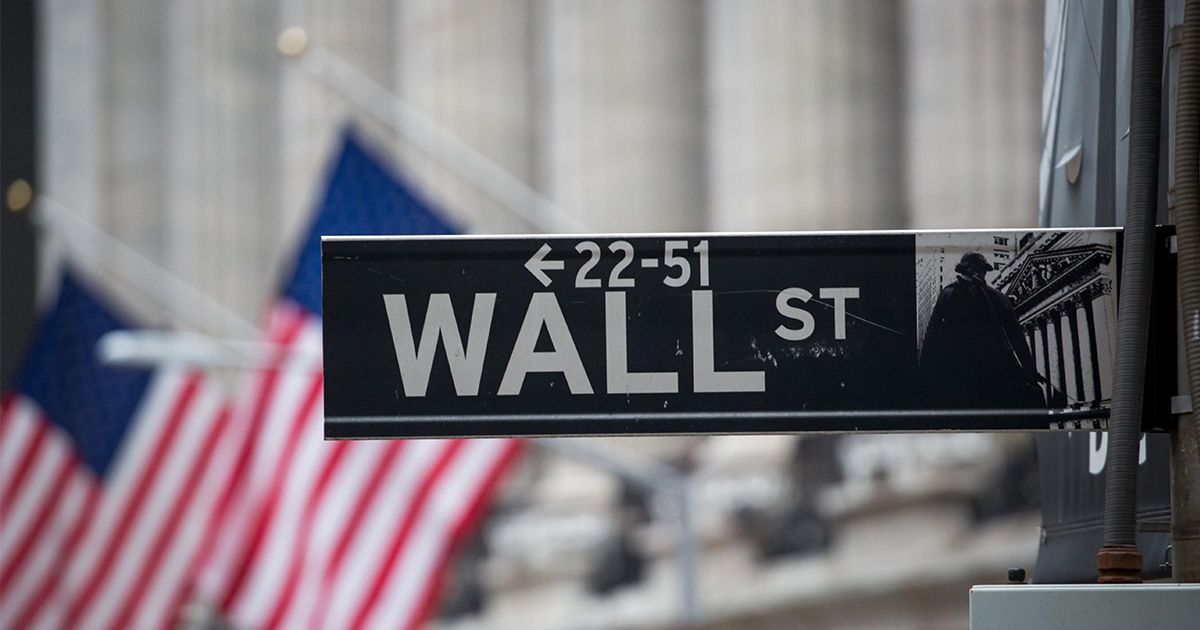
U.S. stock markets closed June 30 to the worst first half of the year since 1970, with the S&P 500 falling 21 percent as rising inflation and high interest rates plagued the U.S. economy.
All the major segments of the U.S. auto industry suffered their share of Wall Street’s distress.
From the ongoing semiconductor shortage to the war in Ukraine, the auto industry has faced numerous challenges over the past two years. With market volatility expected to continue through at least next year and economic experts predicting a recession in the first half of 2023, Automotive News spoke to industry experts to see where auto equity markets are headed for the second half of the year and beyond.
Automotive News compiled a sampling of equities in each automotive category.
Automakers
According to the Automotive News analysis, U.S. automakers’ stock prices on average fell 48 percent in the first half of the year and over 27 percent in a year-over-year comparison. Rivian Automotive Inc. saw the biggest decrease in stock price in the first half, falling more than 75 percent. Stellantis and Tesla Inc. were least impacted, with Stellantis falling just 34 percent and Tesla 36 percent from their December prices.
John Murphy, managing director at Bank of America Merrill Lynch, told Automotive News that the auto industry has been in a de facto recession for the past two and a half years because of supply constraints. He said he expects pent-up demand will drive economic recovery for the industry as these constraints ease.
“Ultimately, we expect there’ll be a significant recovery in demand as the supply constraints are eased,” Murphy said. “We have evidence that that demand exists because used-car pricing, although having come down to some extent, is still near all-time highs.”
Murphy said he doesn’t expect the industry to be impacted by a potential recession due to the record-high costs of used and new vehicles and already existing demand. He said the auto industry tends to lead the economy into and out of recessions and that an automotive recovery would “definitely drive the recovery in the U.S. economy” after any potential recession.
“A quarter official recession where GDP is negative could be cured very quickly by very significant recovery in auto volumes — which is dependent on supply chain constraints right now, not necessarily a lack of pent-up demand,” Murphy said.
He said the continued decrease in automakers’ stock price in the first half of the year comes from an unfulfilled expectation that there will be relief in supply chain constraints as well as what he considered “misguided” concerns over potential demand destruction if the U.S. enters a recession.
Ford Motor Co. and Tesla saw their U.S. light-vehicle deliveries rise in the second quarter, Ford’s by 1.8 percent and Tesla’s by an estimated 53 percent. Stellantis’ sales fell 15.8 percent, while GM’s dropped by 15.4 percent.
Suppliers
The stock price for various auto suppliers dropped on average 25 percent from the beginning of this year, with Horizon Global Corp. falling the furthest, at nearly 80 percent.
Luke Junk, senior financial analyst specializing in automotive suppliers at Robert W. Baird & Co., told Automotive News that the three main factors causing the decline in stock prices were the war in Ukraine, COVID-19 lockdowns in China and inflation.
Junk said suppliers were hampered by increases in the price of electronic components and transportation costs. He said much of these impacts were seen by automotive suppliers last year, and he anticipated some economic recovery through the rest of 2022.
“A lot of the inflationary headwinds in auto supplier world … a lot of that pain was seen last year,” Junk said. “There’s actually, as we go through 2022, going to be some price recovery. So although the market overall and auto stocks are being impacted by inflation, the dynamic is a little different.”
Junk reiterated Murphy’s claim that the auto industry had been in a supply-driven recession since early 2020. He said Baird’s analysis showed that auto sales were down the same percentage in 2021 as they were during the trough of the 2008 financial crisis and, as a result, the industry would not be as impacted by a potential recession.
Dealership groups
Dealership groups saw the smallest decrease in stock prices, according to the Automotive News analysis, and fell on average 12 percent from December. Asbury Automotive Group saw the smallest decrease, falling only 2 percent, while CarMax saw the largest decrease, slipping more than 30 percent.
Murphy said dealership groups are benefiting from record-high prices of new and used vehicles, which is allowing them to retain more profits. He said the groups are using the increase in cash flow to boost their structural earnings potential and buy back shares to increase earnings per share.
“We expect the dealers to continue to earn in aggregate as companies similar earnings per share, if not higher, over the next four or five to six years as we go through a recovery in new-vehicle demand,” Murphy said.
Murphy said dealership groups saw decreases in their stock price in the first half of the year because of a “myopic focus” on new-vehicle gross margins. He said these margins will inevitably go down as supply constraints ease and that this focus in the market “neglects to recognize the strength and the growth and the other parts of the business.”
Other retail-related stocks
Other retail-related stocks — particularly online retailers — saw the largest decrease in stock price of all automotive groups, falling an average 57 percent during the first half of the year. Carvana saw the largest decrease, plunging more than 90 percent.
Dealership management system provider CDK Global Inc., which finalized its sale to Brookfield Business Partners on Wednesday, saw its stock price surge by more than 30 percent from December as a result of the acquisition. The company is no longer traded publicly.